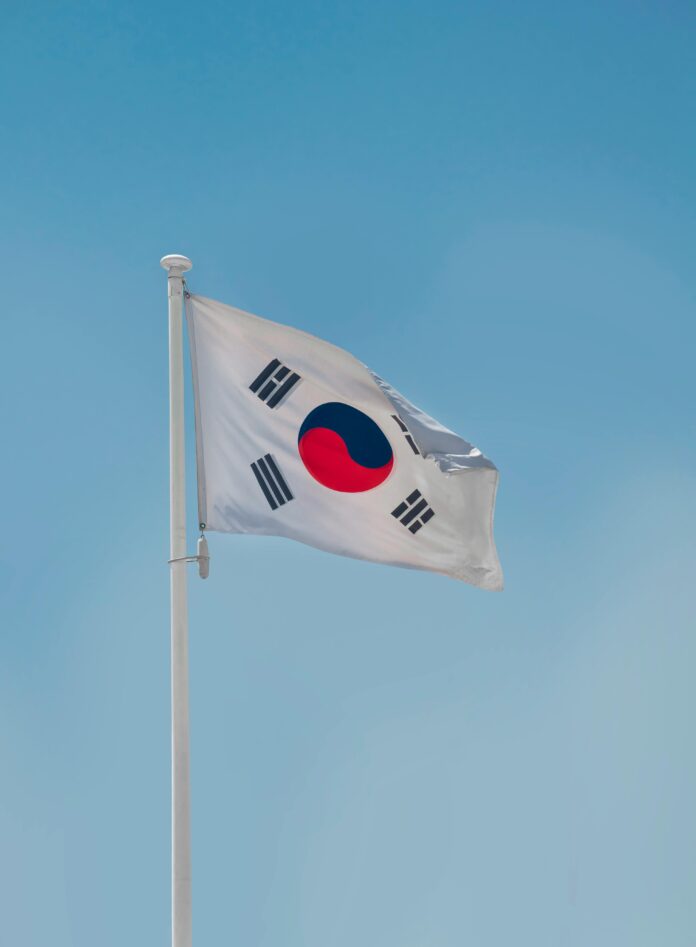Facing intensifying global trade tensions and political upheaval at home, South Korea’s government has announced a supplementary budget worth 12.2 trillion won ($8.6 billion) to support its slowing economy and vulnerable industries.
The proposal, unveiled Friday, aims to counter the growing risks posed by U.S. tariffs and weak domestic demand, which officials fear could tip financially strained businesses into crisis. Acting President Han Duck-soo, speaking at a cabinet meeting, warned that some companies may already be grappling with liquidity challenges as a result of trade disruptions and delayed consumer recovery. He cautioned that these pressures could spill over into the broader financial system.
This emergency spending package comes on the heels of targeted government support for South Korea’s key semiconductor and automobile sectors. Both industries have played a crucial role in boosting exports to the United States in recent years but are now bracing for potential fallout from Washington’s increasingly protectionist stance.
The Bank of Korea, responding to the uncertainty, signaled it may cut interest rates in May and opened the door to further monetary easing in the months ahead. Though the central bank held its policy rate steady on Thursday, it acknowledged that downside risks to its 1.5% annual growth forecast had increased and suggested that the economy may have shrunk in the first quarter.
Government officials estimate the supplementary budget could lift GDP growth by 0.1 percentage point this year. To fund it, the state plans to issue 8.1 trillion won in new bonds, which will push the fiscal deficit up to 3.2% of GDP, compared to 2.8% previously. Public debt is expected to edge higher as well, rising to 48.4% of GDP from 48.1%.
The budget plan also includes funding for long-term innovation and immediate relief efforts. A portion is earmarked to bolster the country’s artificial intelligence sector, while other funds are directed toward financial assistance for small businesses and recovery programs following the worst wildfires in South Korea’s history. Another segment targets strategic reserves in case of worsening global trade conditions.
In a bid to preempt financial market instability, the finance ministry plans to raise the cap on foreign exchange stabilization bond sales to $3.5 billion, up from $1.2 billion. This move will be offset by a reduction in the ceiling for domestic bond issuance by an equivalent amount.
However, the proposed budget still faces political hurdles. South Korea’s Democratic Party-controlled parliament must approve the plan, and party leaders have argued that a much larger stimulus—closer to 35 trillion won—is needed to effectively counter current challenges.
This latest fiscal move also unfolds against a backdrop of political turbulence. A major clash over last year’s national budget—when lawmakers cut back the government’s initial proposal—was among the reasons cited by former President Yoon Suk Yeol for imposing martial law, a decision that triggered the country’s most serious constitutional crisis in decades. Yoon was removed from office earlier this month following impeachment, and the nation now looks ahead to a presidential election on June 3.
























